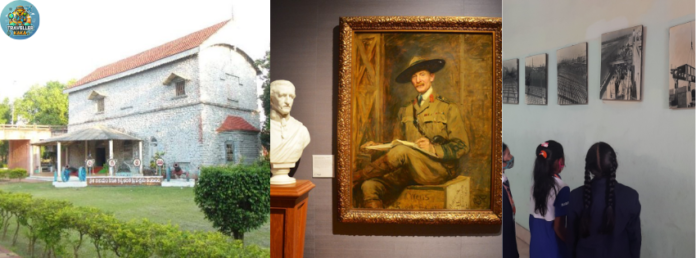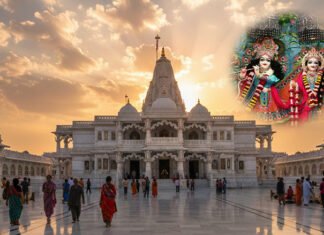Introduction
Nestled in the tranquil town of Rajahmundry, the Sir Arthur Cotton Museum serves as a remarkable tribute to civil engineering. Opened in 1988 to honor Sir Arthur Cotton, the museum is a key destination for history lovers, engineering fans, and anyone curious about the legacy of a pivotal figure in India’s irrigation history. It celebrates Sir Arthur Cotton’s groundbreaking work, showcasing how his innovative irrigation methods turned the Godavari region into fertile and productive land.
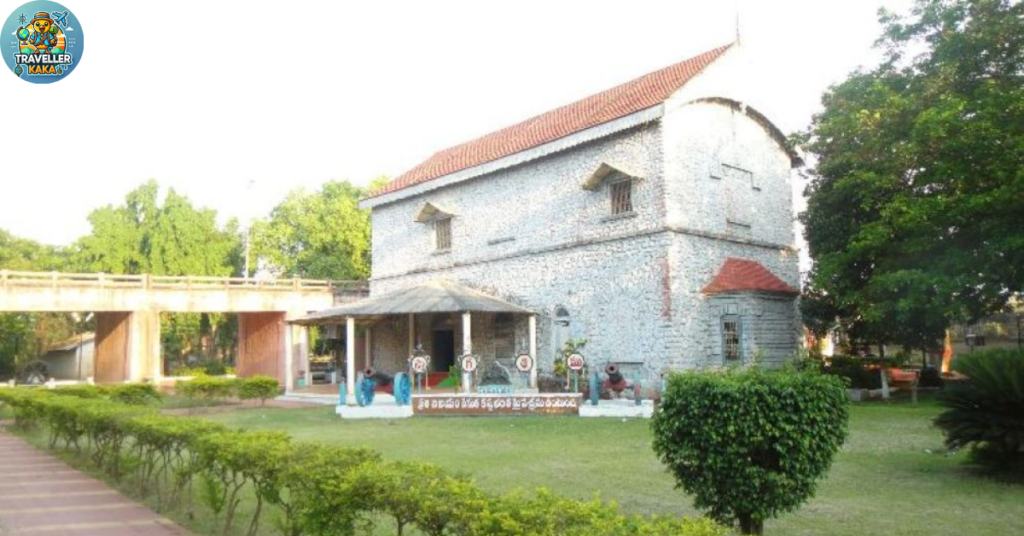
A Glimpse into the Life of Sir Arthur Cotton
Sir Arthur Cotton, fondly called ‘Cotton Dora’ or the ‘Delta Architect,’ was a British engineer who transformed India’s irrigation during the 19th century. His work on rivers like the Godavari improved agriculture and controlled floods. His legacy endures, making him a respected figure in the region today.
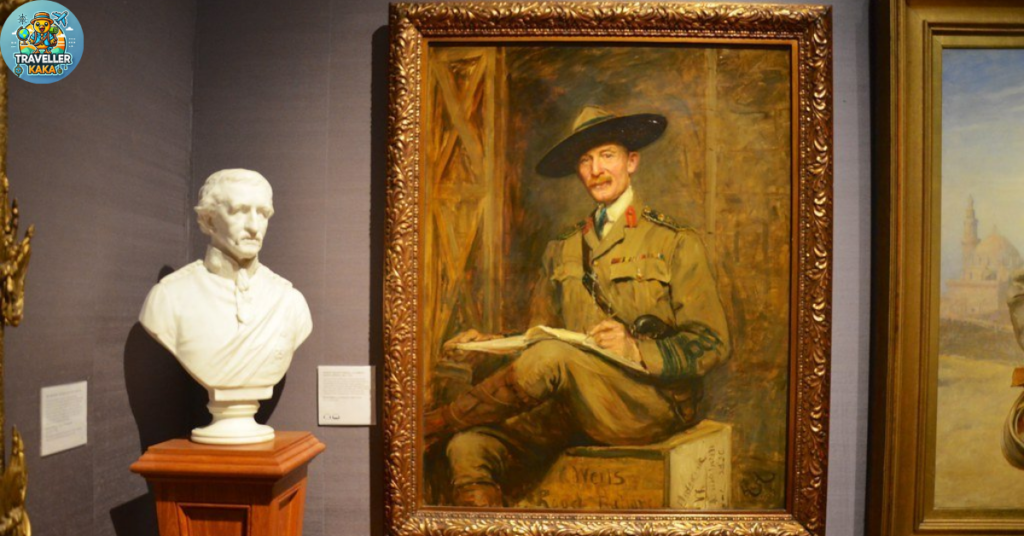
Highlights of the Museum
The museum offers an insightful journey through Sir Arthur Cotton’s engineering marvels. Near Dowleswaram Barrage, the museum showcases Sir Arthur Cotton’s designs that transformed the region’s water management systems.
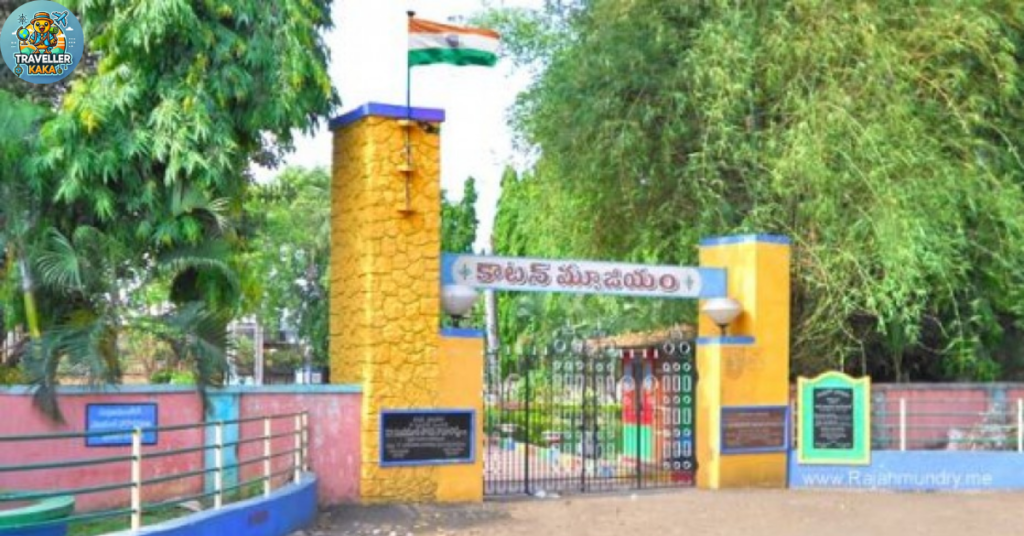
Exhibits and Displays
- Engineering Models: The museum displays models and diagrams of Sir Arthur Cotton’s engineering feats, including Dowleswaram Barrage. These exhibits help visitors understand the scale and importance of the irrigation systems he designed, which are still functional today.
- Historical Artifacts: The museum displays several artifacts, including old engineering tools, blueprints, and documents related to Cotton’s work. These items give a glimpse into the engineering practices of the 19th century and how Cotton’s innovative thinking helped revolutionize irrigation.
- Photographs and Memorabilia: Visitors can explore a collection of rare photographs that document the construction of various irrigation projects and Sir Arthur Cotton’s journey in India. These historical pieces shed light on the challenges faced and the engineering solutions that were implemented.
- Interactive Sections: To make the learning experience more engaging, the museum includes interactive displays and multimedia presentations that showcase the technical aspects of Cotton’s irrigation projects. These presentations explain how canals, dams, and barrages work in managing water flow and preventing floods.
The Legacy of Sir Arthur Cotton’s Irrigation Projects
Sir Arthur Cotton is best known for his work on the Dowleswaram Barrage, which has become an iconic landmark in Rajahmundry. The barrage, constructed on the Godavari River, transformed the surrounding area by creating a reliable water resource for agriculture. It reduced the risk of floods and droughts, improving the livelihoods of countless farmers in the region.
In addition to the Dowleswaram Barrage, Cotton also worked on the Prakash Barrage and the Kurnool-Cuddapah Canal. He laid the foundation for modern irrigation systems in India and earned the title of “Delta Architect.” His work was instrumental in transforming the Godavari Delta into a fertile and productive region.
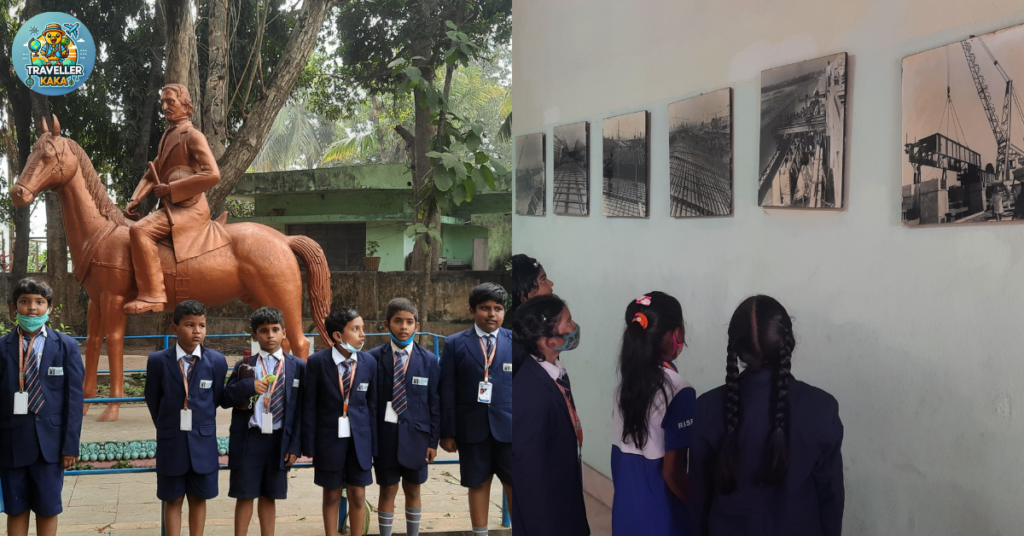
Visiting the Sir Arthur Cotton Museum
The museum is located in Cotton Peta, Dhavaleswaram, just a short distance from the Dowleswaram Barrage. The museum occupies a building once managed by the Executive Engineer of the Godavari Head Works division, enhancing the historical significance of the visit.
Timings:
The museum is open to visitors every day of the week.
- Sunday to Saturday: 10:00 AM – 6:00 PM
Also Read: Discover Dindi: A Hidden Gem in Vizianagaram
Entry Fees:
- Adults: ₹2
- Children: ₹1
- Photography: ₹5
The museum’s affordable entry fees make it accessible for everyone, from locals to tourists.
Exploring Nearby Attractions
While visiting the Sir Arthur Cotton Museum, you can also explore the nearby Dowleswaram Barrage. The barrage is an engineering marvel, and seeing its massive structure up close offers a deeper appreciation for the work of Sir Arthur Cotton. You can also take a stroll along the Godavari River and enjoy the scenic beauty of Rajahmundry.
Other nearby attractions include the Godavari Bridge, ISKCON Temple, and Kambala Park, making Rajahmundry a well-rounded destination for history, culture, and nature lovers.
How to Reach Sir Arthur Cotton Museum
The museum is easily accessible by road from Rajahmundry town. The museum is about a 15-minute drive from Rajahmundry city center, and you can reach it by car or public transport. The nearest airport is Rajahmundry Airport, located around 15 kilometers away, while the Rajahmundry Railway Station is about 8 kilometers from the museum.
Final Thoughts
A visit to the Sir Arthur Cotton Museum is more than a history lesson; it’s a tribute to one man’s transformative work in irrigation. Ideal for engineering students and history enthusiasts, the museum provides a fascinating and insightful experience for all visitors.
FAQS
ANS) The Sir Arthur Cotton Museum Rajahmundry is a civil engineering museum dedicated to Sir Arthur Cotton, a British irrigation engineer. It showcases his contributions to irrigation projects in the Godavari region, particularly the Dowleswaram Barrage, which transformed the area into a fertile land through innovative water management.
ANS) The Sir Arthur Cotton Museum Rajahmundry features several engineering models, historical artifacts, photographs, and interactive sections. The exhibits highlight the irrigation systems that Cotton developed, particularly the Dowleswaram Barrage, Prakash Barrage, and the Kurnool-Cuddapah Canal.
ANS) The museum is one of the few dedicated to civil engineering, focusing on the life of a British irrigation engineer who left a lasting legacy in India. It offers visitors a detailed understanding of how irrigation systems can transform agriculture and benefit entire communities.
ANS) The museum was established in 1988 to honor the life and contributions of Sir Arthur Cotton in transforming the irrigation system in the Godavari districts.
ANS) Established in 1988, the museum honors Sir Arthur Cotton’s contributions to Godavari’s irrigation transformation.

